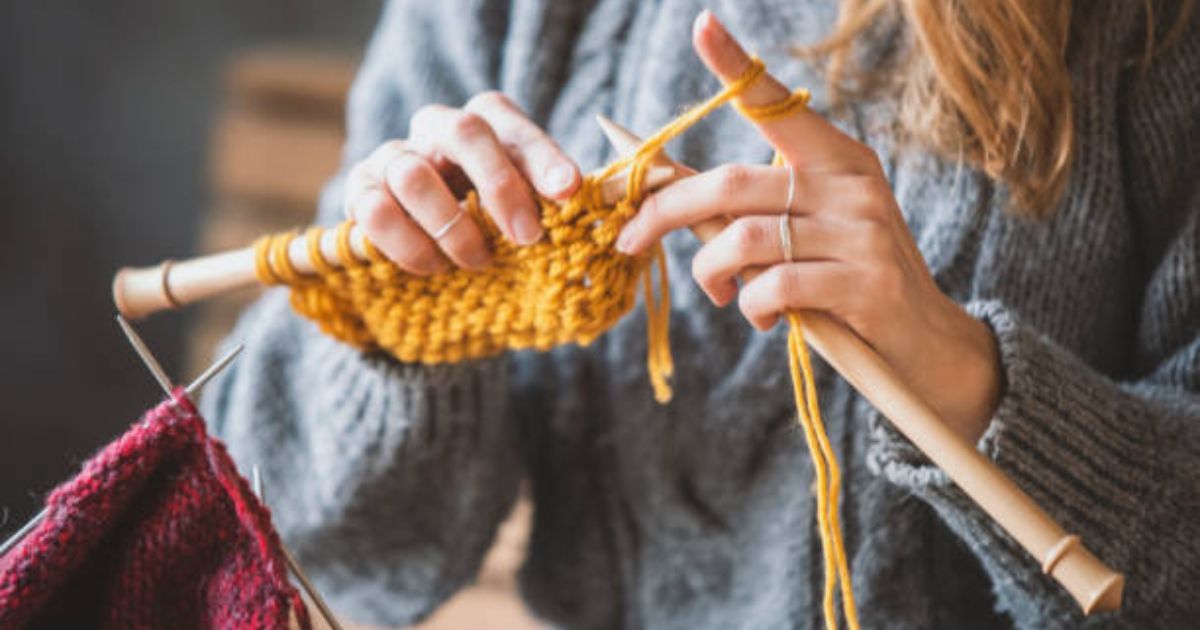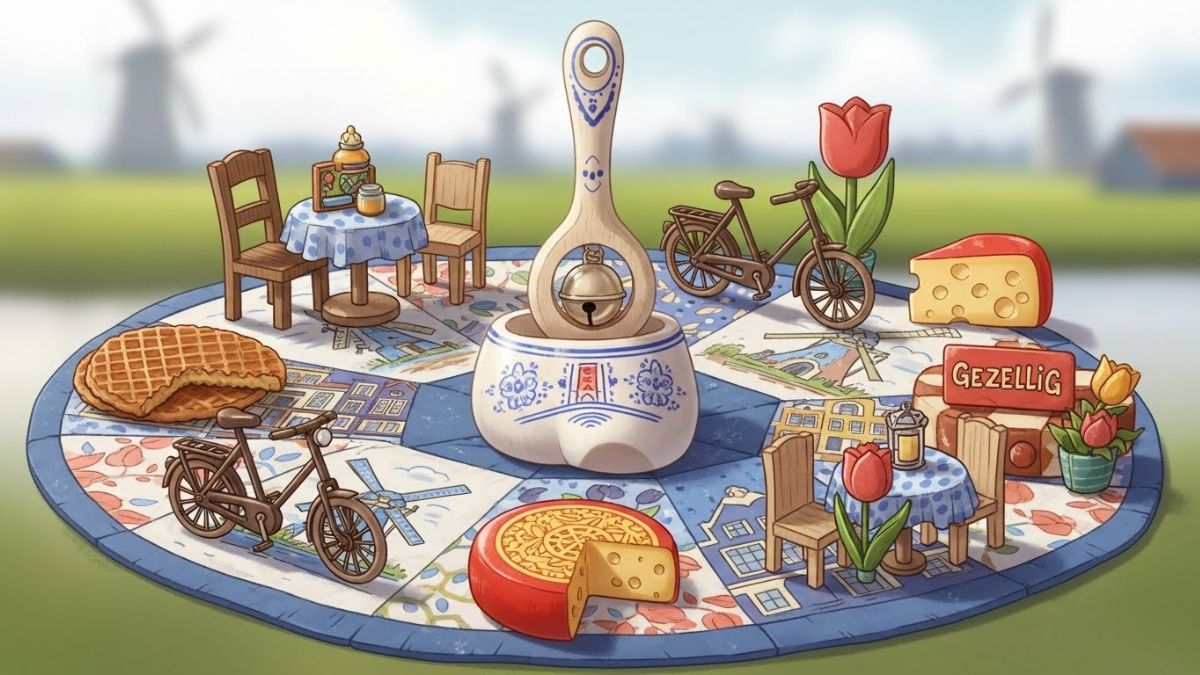Knitting has evolved from a traditional pastime to a creative movement. Once reserved for grandmothers or hobbyists, it now draws a global audience ranging from Gen Z creators to fashion designers. The repetitive rhythm of knitting brings calm, the process sparks creativity, and the results—whether scarves, sweaters, or socks—are simply rewarding. In this cozy revival of needles and yarn, “Knit knit knit” is more than just a phrase—it’s a lifestyle, a mantra, and a movement.
A Brief History of Knitting
Knitting dates back to the Middle East, around the 5th century. It spread to Europe via trade routes and became widespread by the 14th century. Unlike weaving, knitting uses two needles and a single thread to form interlocking loops. Initially used for practical garments like socks and gloves, knitting eventually became a form of artistic and cultural expression.
Why Knitting Has Made a Comeback
Several factors contribute to knitting’s resurgence. During the pandemic, people turned to mindful hobbies to pass time and manage stress. Social media platforms like TikTok and Instagram fueled the popularity of knitting tutorials, time-lapses, and handmade fashion. It also ties into the slow fashion movement—people now value handmade over mass-produced.
Knitting as a Mindful Practice
Knitting is often described as “yoga for the hands.” The repetitive motion calms the nervous system and induces a meditative state. Studies suggest that crafting activities like knitting can reduce cortisol levels, improve concentration, and even ease symptoms of anxiety and depression.
Tools of the Trade
To begin knitting, you only need yarn and needles. However, the variety within those categories can be vast. Needles come in materials like bamboo, metal, and plastic, and in styles such as straight, circular, and double-pointed. Yarns vary in thickness (referred to as “weight”), texture, fiber type (wool, cotton, acrylic), and color.
Learning the Basics
The foundation of knitting starts with two stitches: the knit stitch and the purl stitch. These combine to form most patterns. Beginners usually start with simple projects like dishcloths or scarves. Online video tutorials, knitting blogs, and beginner kits make learning more accessible than ever.
Popular Knitting Projects
Once you get the hang of the basics, the creative possibilities are endless. Common projects include hats, mittens, socks, cowls, and sweaters. Each project offers an opportunity to explore new techniques and express personal style. Some knitters even delve into more intricate patterns such as lace or cable knitting.
Yarn Selection and Substitutions
Choosing the right yarn is essential. Different projects require different fibers and weights. Wool is warm and stretchy, making it ideal for garments. Cotton is breathable and great for dishcloths or summer tops. Acrylic is budget-friendly and widely available. Substituting yarns? Always check the gauge to ensure proper sizing.
Understanding Patterns and Charts
Patterns are like recipes for knitting. They list materials, stitches, and row-by-row instructions. Charts are visual representations of stitches and are often used for lace and colorwork. Reading patterns may seem intimidating at first, but with practice, you’ll learn the shorthand and structure.
Fixing Mistakes While Knitting
Dropped a stitch? Made a wrong loop? Don’t panic. Mistakes are part of the journey. Tools like crochet hooks or lifelines can help correct errors. Online communities offer support, and many knitters proudly wear their imperfections as part of their handmade charm.
Social Knitting and Online Communities
Knitting is more fun when shared. Local knitting circles and yarn cafes have become popular social hubs. Online platforms like Ravelry, Reddit’s r/knitting, and countless Facebook groups provide patterns, support, and inspiration. Sharing progress photos and finished objects keeps motivation high.
Knitting and Sustainability
Hand-knitting aligns beautifully with sustainable living. It encourages thoughtful consumption, slow fashion, and upcycling. Many crafters recycle yarn from old garments or swap supplies with friends. Natural fibers biodegrade, reducing environmental impact compared to synthetic textiles.
Knitting for Charity and Causes
Many knitters create items for good causes. Organizations accept hand-knit hats, blankets, and scarves for the homeless, cancer patients, and premature babies. These heartfelt contributions offer warmth and comfort where it’s needed most. It’s knitting with purpose.
Advanced Techniques and Trends
As you build skills, you may try advanced techniques like fair isle, intarsia, brioche, or entrelac. The knitting world is also embracing trends like temperature blankets, where each row represents the day’s weather, or wearable tech integration for smart textiles.
Knitwear in High Fashion
From Dior to Gucci, knitwear has strutted down runways worldwide. Designers appreciate the versatility, texture, and handcrafted touch of knitted pieces. Chunky sweaters, knit dresses, and intricate textures have become staples in both haute couture and streetwear.
Knitting and Cultural Identity
Different cultures contribute unique traditions to the knitting world. The Aran sweaters of Ireland, Andean alpaca patterns, or Scandinavian colorwork each tell a story. Learning these methods preserves heritage and honors the artistry passed down through generations.
The Business of Knitting
Some knitters turn their passion into profit by selling finished goods, custom orders, or patterns on platforms like Etsy. Others teach workshops or write blogs. Knitting can become a viable side hustle or even a full-time business, especially in the handmade goods economy.
Knitting on the Go
One of knitting’s greatest advantages? Portability. Small projects like socks or hats can be stuffed in a bag and brought anywhere—on commutes, in waiting rooms, or during travel. It’s a productive way to pass time without a screen.
Health Benefits Beyond Relaxation
Beyond mental health, knitting can improve motor coordination and delay cognitive decline. It’s a gentle form of hand exercise that strengthens joints and keeps fingers nimble, particularly beneficial for older adults or those with arthritis when done in moderation.
Conclusion
Knitting isn’t just about creating things—it’s about creating space: for relaxation, for expression, for connection. Whether you’re drawn to it for the meditative rhythm, the joy of making something by hand, or the community it fosters, there’s something magical in each stitch. “Knit knit knit” is a call to slow down, get cozy, and reconnect—with yourself, with others, and with the threads of tradition.
FAQs
How long does it take to learn knitting?
Most people can learn the basic stitches within a few hours, but mastering tension and reading patterns takes regular practice over weeks or months.
Is knitting expensive to start?
Not at all. A basic set of needles and a skein of yarn can cost less than $15, and beginner kits are readily available.
What’s the difference between knitting and crocheting?
Knitting uses two needles and creates a series of loops, while crocheting uses one hook and forms knots. The results differ in texture and flexibility.
Can left-handed people learn to knit?
Absolutely. While most tutorials are right-handed, there are many left-handed resources and instructors available online.
is knitting suitable for children?
Yes! Knitting helps improve focus, motor skills, and creativity. There are special needles and beginner yarns designed for kids to make it easier and fun.











